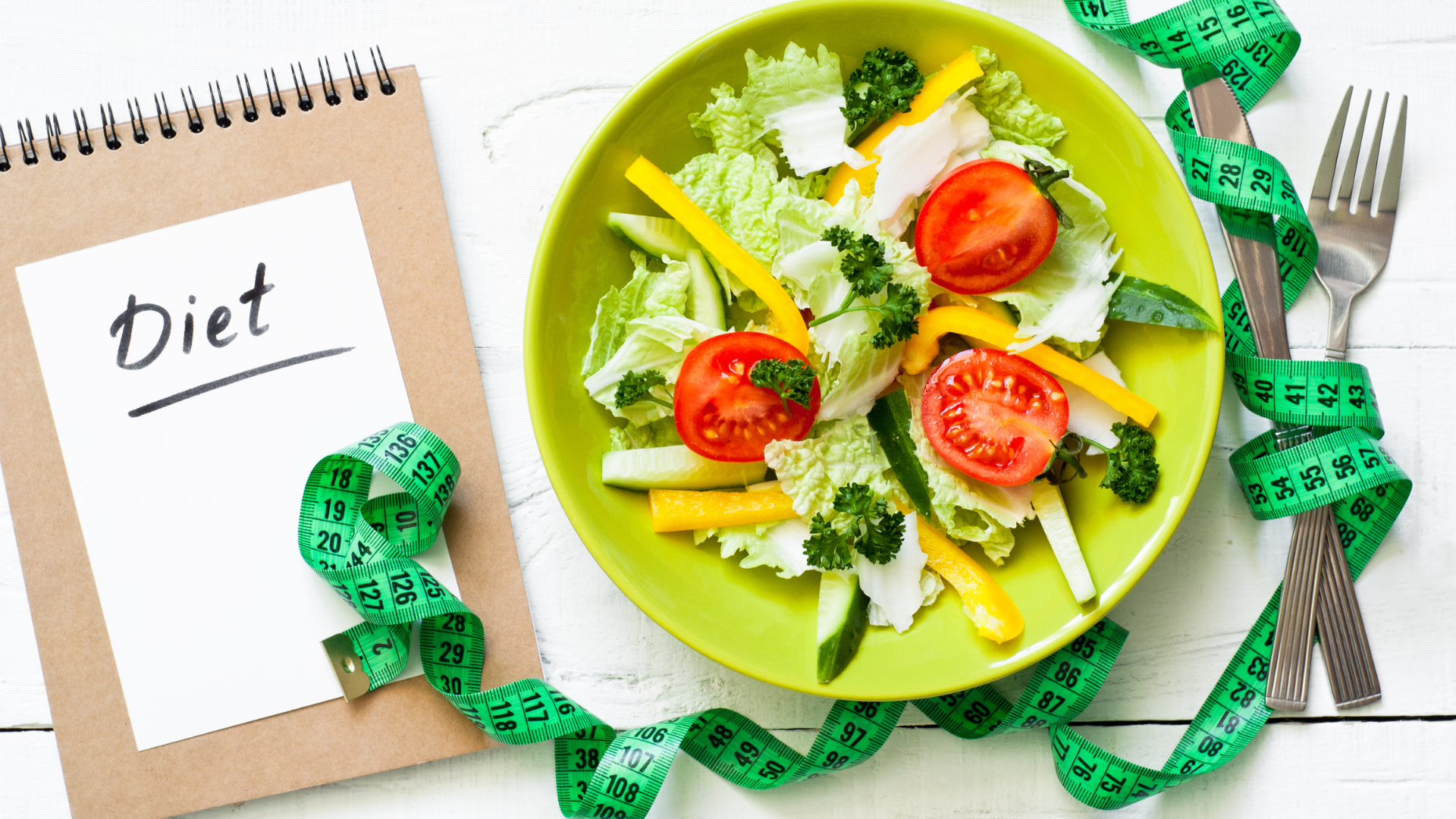Hi! I’m Dr. Monique, AKA Physician In The Kitchen™. Today I want to talk about the epic battle of all time. No, not good vs evil, East Coast vs West Coast rap, Marvel vs DC Comics, or even the iPhone vs well, everything else. I’m referring to the battles that take place a million times a day across our nation, in kitchens, dining rooms and restaurants from coast to coast: parents trying to get their kids to eat their vegetables. When asking, commanding, begging, pleading and threatening just flat out don’t work, what’s a parent to do? We, of course, know you just have your offspring’s best interests at heart, but they think that we are just being mean ol’ meanie heads, trying to torture them with a plate full of not candy. Here are some tips that should make mealtime less stressful, more enjoyable, and will deliver more veggies to your own little sprouts (side note: these tricks may work for adults who are veggie-allergic as well).
1. In living color: We eat with our eyes first so make the veggies appealing by serving the rainbow. Instead of offering just green veggies, include other varieties such as purple cauliflower, orange bell peppers, yellow squash, and rainbow carrots. After boiling or steaming your veggies blanch them in ice water very briefly to keep the colors vibrant. You can finish them off with a quick sauté to add more flavor
2. Spice it up: speaking of flavor, go for it! It’s never too soon to start introducing little ones to the many herbs, flavors, and spices that are available. Colorful spices such as turmeric and curry can add an extra pop of color to a plate as well. Stick to milder flavors (you wouldn’t serve brain-melting wasabi or mouth-scorching ghost peppers to kindergarteners) and be mindful of any allergies or food sensitivities.
3. Hide and go seek: that’s right; this beloved children’s game is now a cooking technique. Veggies can be added to almost anything, such as smoothies, casseroles, lasagna, and breakfast muffins and your mini-me’s will be none the wiser.
4. Seeing IS believing: substitute veggies for common kid-friendly foods. Instead of using actual spaghetti pasta, use a spiralizer to turn zucchini or squash into pasta and then serve like you would spaghetti with your favorite sauce. Use your food processor to turn cauliflower into rice, or buy it packaged. Serve veggie burgers dressed up with lettuce and tomato to look like beef ones. Serve sweet potato fries instead of regular ones. The possibilities are endless.
5. Stay on the screen: For each day they eat their veggies, allow an extra 5 minutes of screen time that day. This is must-act-now kind of thing and just like cell phone minutes back in the day, they don’t rollover or accumulate.
6. Make it fun: take your kiddos grocery shopping with you, head straight to the produce aisle, and have them pick something that looks cool. Give the veggies silly names like “tiny trees” for broccoli or “super sticks” for carrots. Peas and corn can be called “magic seeds”. Tell them that you’re pretty sure their favorite superhero had to eat his or her veggies to be able to do what they do. Choose children’s picture books about eating vegetables (a quick Google search will pull up several options).
7. DIY: After your little ones have helped you shop, keep the momentum going by letting them help you cook the veggie! They will take such pride in their accomplishment and you just may plant the seed for the next Iron Chef! Not to mention you can also teach other skills like how to measure ingredients and how to read a recipe. Exercise safety at all times and use ageappropriate utensils.
8. Sibling rivalry: if you have 2 or more kids, make mealtime a friendly competition. Whoever eats the most veggies gets to stay up 5 minutes later or maybe gets out of doing one chore.
9. Gold star: keep a chart on the fridge and give a small reward for each day they ate their veggies. Give an extra one if no tears were involved 🤣
10. Texture issues: eating soggy and limp veggies is not appealing to anyone. Be sure not to overcook your vegetables, leaving a bit of crunch and snap to them. Steaming and roasting are two techniques that give consistently good textures.
A word of caution: Some processed chicken tenders advertise that they contain up to 1/4 cup of veggies per serving, but be on the look-out for additives like salt and preservatives which may do harm than good. Do one better and make your own: using a block of extra firm tofu (which is made from beans), dry it out well and cut it into slices, season with paprika and lightly batter it with gluten-free bread crumbs, then bake or air-fry for a much healthier alternative.
Be sure to join my Facebook Group Dr. Monique May’s Mealmasters @Facebook.com/groups/mealmasters and share your successes with the community!
#veggies #vegetables #kids #pickyeaters #PhysicianInTheKitchen™
For more helpful tips and information, join the #MealMastersCommunity at www.facebook.com/groups/mealmasters today!




